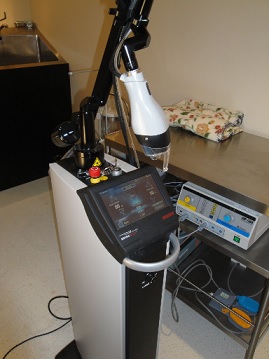Scar Truths and Tales
Scars, who doesn’t have one? A little annoying insect bite gets scratched obsessively becomes infected and though not deep it scars. The athletic endeavors of youth, life threatening accidents, surgery or to the catastrophic injuries of war can all leave our bodies scared. Scars can be the source of pride for some an icebreaker to tell an embellished tale at a family event or hob-knobbing with friends.
Scars can just be minor footnotes to our lives or major source of emotional and psychological angst. One on my right palm once stretched the full width; now, it is barely noticeable unless pointed out. It marks a dramatic bloody incident of falling in a 2nd grade foot race at recess. Then there is the one near my right eye a story that I don’t often want to recount. The visible one on my right shoulder blade always invites comment in a shirtless pickup game of basketball. Scars can be mileage markers on the amazing journey of our life. Sometimes, those scars bare even more tragic consequences to some people. They can infringe upon their well-being and devastate their quality of life.
The more I reflect my hands begin to braille my body through my clothing and my mind shuffles through vignettes of memories of burns and bruises, scrapes and scabs; bumps and lumps. Limbs and torso marked by stitches and scratches, gashes and slashes; all with the requisite blood; some of these scars bleeding more profusely causing parental angst and a flood of tears.
My active childhood, athletics and sporting lifestyle have given my dermis a lifetime of stories and embellished tales to share. Not a one would I remove. They are my story for better and worse.
By now you’re asking the purpose of this tale. My many scars have left to date only memories to be romanced and morphed into heroic tales. This is not true for many people. Scarring can deeply mar the psyche of a person and impact their life at every level.
Scar revision provides an opportunity to effect positive change on such people’s self image and esteem. The effect of scarring can be compounded by the onset of depression; a too often debilitating life-cycle if untreated.
It can be a vitally important step in their journey to inner and outer healing to treat the scar through the wonderful advancements in scar revision treatment. If you or a family member or friend struggle with issues regarding scars; consult with a dermatologist and or cosmetic surgeon. Scar revision in the 21st century has come a long way in providing wonderful results for many.



 Scars are immensely varied and come in all shapes and sizes. Surgery remains the best option for more severe scars, other scars can be treated with the advance development of lasers for dermatological use. Treatment of scars with laser has steadily grown, giving both patients and physicians more flexibility to determine the best method of treatment.
Scars are immensely varied and come in all shapes and sizes. Surgery remains the best option for more severe scars, other scars can be treated with the advance development of lasers for dermatological use. Treatment of scars with laser has steadily grown, giving both patients and physicians more flexibility to determine the best method of treatment.
 Your treatment options vary based on the type and degree of scarring and can include:
Your treatment options vary based on the type and degree of scarring and can include: